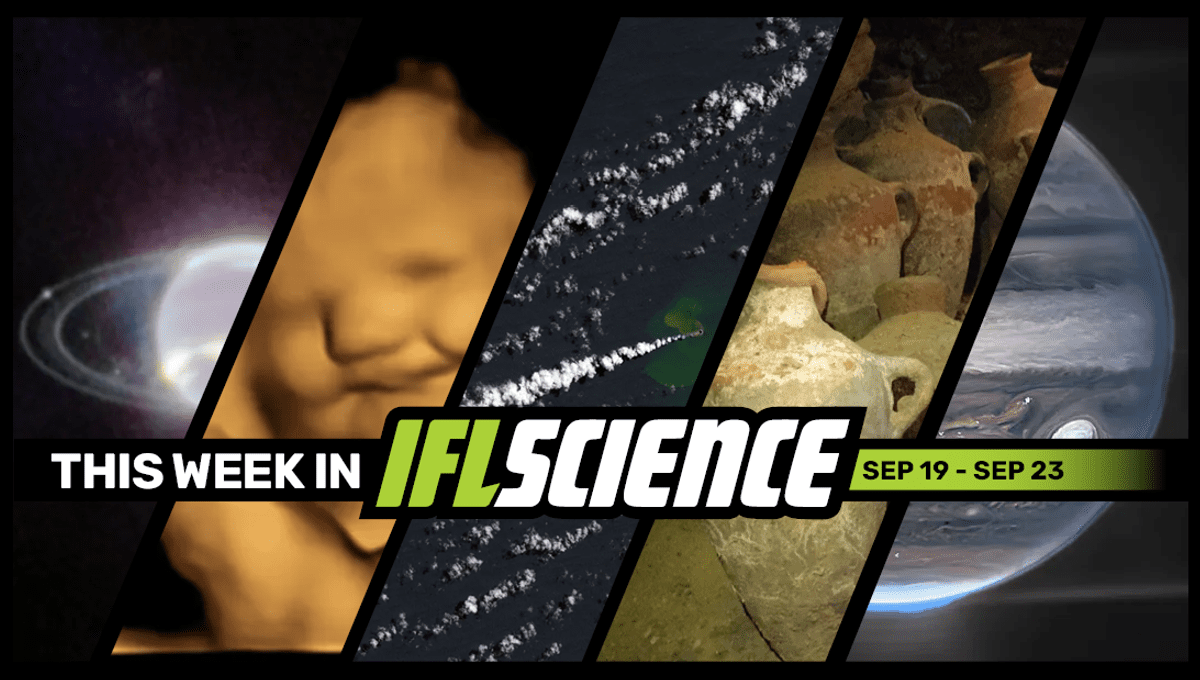
This week, JWST grants us access to view Neptune’s dazzling rings, a brand-new island has emerged out of the depths of the Pacific Ocean, and we learn about the mysteries of rare “golden blood”.
JWST Captures Neptune And Its Intriguing Rings As We Have Never Seen Before
Neptune makes a complete orbit of our Sun every 164.8 years and hides its secrets in one of the dimmest parts of our Solar System. But when you shine the most powerful space telescope ever built on something, those secrets will be revealed. In this case, the clearest images of Neptune’s rings in over 30 years.
Ultrasounds Show Unborn Fetuses Making Disgusted Faces When Mom Eats Kale
The taste of kale is so repulsive to fetuses that it causes them to screw up their faces in disgust while in the womb, a new imaging study reveals. Researchers used 4D ultrasound to observe the reactions of 100 fetuses to the flavors ingested by their mothers, and found that they respond favorably to carrot but dislike leafy greens.
A New Baby Island Has Just Been Born In The Pacific Ocean
It began with the eruption of an underwater volcano in the Central Tonga Islands on September 10 – and within just eleven hours, a landmass emerged from the watery depths. By September 20, the island had grown to cover 24,000 square meters with an elevation of 10 meters.
Archaeologists Open Burial Cave Sealed Since The Time Of Rameses The Great
Evidence for the proposition you can’t dig a hole in the Middle East without hitting a historical artifact has come from Palmahim Beach National Park in Israel. In this case, however, a mechanical digger has revealed considerably more than one piece of antiquity after it hit a rock.
Next Week Jupiter Will Be Its Closest And Brightest For 59 Years
The Orion Nebula is the closest star-forming region to Earth and looks like a fuzzy star in Orion’s sword in the constellation. Even a modest amateur telescope reveals the nebula’s shape and some of the newborn stars, so imagine what the most powerful space telescope ever launched can see. Well, now you don’t have to because the images have arrived.
Feature of the week:
Golden Blood: Fewer Than 50 People In The World Have This Super-Rare Blood Type
With a mere estimate of 1 in 6 million people carrying this precious blood, being an invaluable universal donor could be life-threatening.
Source Link: TWIS: Neptune Flashes Us Its Snazzy Rings, Fetuses Judge Our Ability To Cook Kale, And Much More This Week